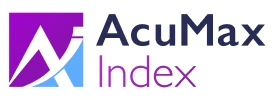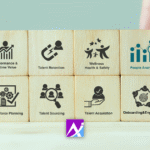We have all heard the desire to get back to normal, but is getting back to the old way of doing things beneficial for all companies, teams, or employees? Probably not. The pandemic forced us to try new styles of working, and some have thrived in a remote environment. However, there is a word thrown out a lot when it comes to concerns about remote work: productivity. Some leaders to ask how they can ensure remote workers are being productive, but that means shifting the framework of how productivity is defined.
The old way of thinking about productivity working from home needs to be reimagined, and this pandemic has given corporate cultures the push it needed to examine its values regarding employees and work product. Presence doesn’t equal productivity. I think that all leaders can agree that being physically in the office doesn’t equate to productivity, but for some reason, it is harder to make the leap that being constantly available online doesn’t equate to productivity either. Pushing your employees to be always online does not actually emphasize the right behaviors and outcomes. So, how should productivity actually be defined? What does your organization value?
If your employee is getting their tasks done, showing up to scheduled meetings and hitting their goals, they’re doing their jobs. If your concern is ensuring that they are constantly on demand just for the sake of available, that speaks to broader trust issues. Especially now, it may be good to take mental or physical health breaks throughout the day. However, if your employees aren’t doing their job, that is a broader job performance issue that needs to be addressed, not a productivity issue that should be addressed. If you need help in trying to figure out a coaching conundrum and don’t know how to start a conversation with your team member or to diagnose where the disconnect might be, consider looking back through their employee assessment as a refresher to remind yourself of how that employee thinks, learns and is motivated. After reviewing their assessment, you should reflect on how their current job aligns with their hardwiring and where changes need to be made in the way you coach the employee or the way the current job duties align. The relationship between an employee and their manager is shown to have a more significant impact on loyalty, engagement, and retention. This shift from just being a manager to becoming a coach depends on the nature of the performance feedback delivered and understanding when and why an employee is de-energized.
If you’re feeling pressured to keep your team productive without there being evidence of an actual productivity working from home issue, you may need to shift your leadership style. This represents another area of opportunity for self-reflection. Look through your own wiring report and try to understand where your areas of opportunity are to become a better leader.
Reimaging the Definition of Productivity in a Remote Workplace





